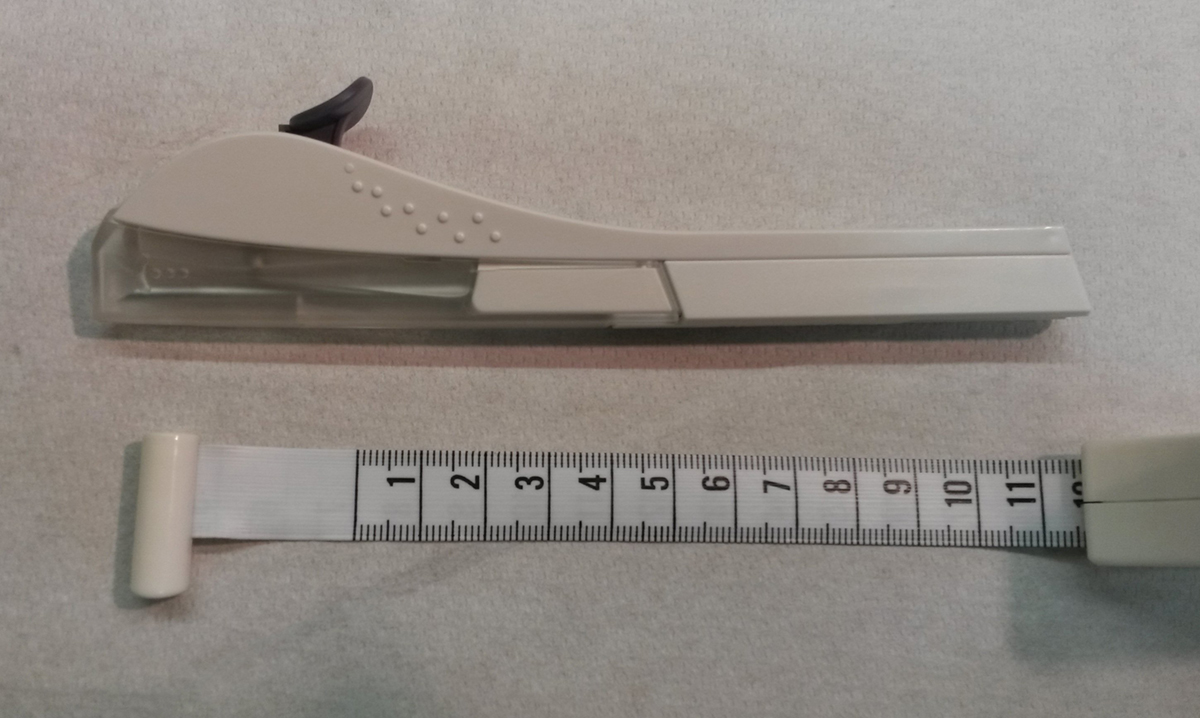Table of Contents
Nexplanon Side Effects
Many users experience side effects in the period after they start using Nexplanon and other hormonal contraceptives, but most adjust very well and may even appreciate some of the side effects (like fewer periods!).

Here's a list of more common side effects women who have Implanon or Nexplanon may experience:
- Irregular vaginal bleeding, the most common side effect.
- Lighter periods that turn up less often. One in three Implanon users will completely cease having periods after a year of having the implant.
- Some women experience heavier bleeding, however. They may also have light bleeding in between periods.
The Procedure
Once you and your healthcare provider agree that Nexplanon is a suitable contraceptive for you, you can make an appointment to have the device inserted. It's best to get this done within the first five days of your menstrual cycle. Women who have the device inserted at a different point in their cycle will need to use backup birth control (condoms) until their next period. Also discuss backup birth control with your practitioner if use were on another form of hormonal birth control immediately prior to getting Nexplanon.
The actual insertion procedure will take around a minute. You'll receive a local anesthetic to prevent pain, lie on your back with your elbow beside your head, and your healthcare provider will locate a suitable place to insert the device. Then, you and your healthcare provider will both feel the arm to check the device is in place. If it cannot be felt, X-rays can confirm the presence of Nexplanon.
You'll get a plaster on the site, and you may experience a little pain, bleeding and bruising afterwards.
See Also: Permanent Contraception: An Overview
Your provider may want to see you back for an examination three months after placement.
Fertility After Nexplanon
Many depo Provera users have complained about a lack of returned fertility after the injectable birth control had supposedly already worn off. If you have heard these stories, you may be worried that Nexplanon — a similar "get it and forget it" contraceptive — may have similar issues. However, this is not the case, and in fact one powerful reason to choose Nexplanon over depo Provera. Once you get your device removed, you will see a return to your natural cycle, ovulation and all, really quickly and probably even within the month.
- By Vera de Kok (Own work) [CC BY-SA 4.0 (http://creativecommons.org/licenses/by-sa/4.0)], via Wikimedia Commons
- By Vera de Kok (Own work) [CC BY-SA 4.0 (http://creativecommons.org/licenses/by-sa/4.0)], via Wikimedia Commons


Your thoughts on this